|
There has been some talk lately about the Polestar 2 and whether it is a credible threat to the Tesla Model 3. As such, I thought I would apply NLP to undertake sentiment analysis on social media feeds to see what real people were saying about it rather than just relying on automotive magazine reviews or the opinion of a few individuals. But first, what is NLP and what is sentiment analysis? NLP or Natural Language Processing can be said to be a subfield of linguistics, computer science and Artificial Intelligence (AI) concerned with the interactions between computers and human language. In particular, how to program computers to process and analyse large amounts of natural language data. Sentiment analysis in simple terms is the use of NLP, text analysis, computational linguistics and biometrics to systematically identify, positive or negative sentiment in free text data. Background to the analysis The Polestar 2 is a new electric car developed by Polestar, a standalone electric offshoot jointly owned by Volvo and its Chinese parent company, Geely. As the flagship product, this is attempting to establish Polestar as a big player in the Electric Vehicle (EV) space and is seen as a direct competitor to the Tesla Model 3. Key questions Vehicle Leasing companies might ask With the drive to electrification gathering pace, I assumed vehicle leasing companies might be keen to know what potential customers are saying about the Polestar 2 and what the implications might be for their business.
In order to answer these questions, I performed sentiment analysis on a total of 25,000 English tweets related to “Polestar 2”. These were classified as positive, negative or neutral sentiment. I then used word visualisation to bring this to life. Technical stuff I used a range of packages to perform this analysis in Python including Twint to extract tweets, WordCloud for word visualisation and NLTK to clean text (remove stopwords, tokenizing, lemmatizing). And to classify tweets as positive, negative or neutral sentiment I used VADER (Valence Aware Dictionary and sEntiment Reasoner), which performs lexicon and rule based sentiment analysis and is specifically tuned to social media conversations. Based on the actual words used in these tweets, a Compound Score is calculated and assigned to each tweet, ranging from -1 (most negative) to +1 (most positive). Why sentiment analysis is important, particularly on social media Social media conversations provide a wealth of data to help brands understand who is out there, what they’re talking about and what's important to them. And best of all, these are real time conversations! Of the 25,000 tweets, 48% were neutral. With these neutral tweets excluded, the remaining tweets are overwhelmingly positive (81%). In addition, positive tweets are more positive than negative tweets are negative. This has been visualised in the bubble plot below whereby the green bubble representing positive tweets is clearly larger and more to the right, whereas the red bubble representing negative tweets is clearly smaller and not as much to the left. Word visualisation The positive and negative Word visualisations below reveal the themes being discussed in the positive and negative tweets respectively. NOTE: These Word clouds are based on actual tweets. The larger the words, the more frequently they appear in tweets. Themes The positive and negative themes distilled from the analysis are summarised below. Part of the original question raised was whether Tesla should be concerned about the Polestar 2 being a credible threat to the Tesla Model 3. In short, the answer is yes. The positive themes from consumer conversations far outweigh the negatives and the comment ‘better Tesla’ is an interesting one. The negative themes are mainly around known technical issues and these will surely be resolved by the manufacturer sooner rather than later. Value of the approach From this, the value of sentiment analysis on social media conversations is clear. This can be accessed by just about any business to see what their customers or prospects are saying about their brand or products and that of their closest competitors too. Indeed, this approach could be used on a variety of conversational or text data across multiple social channels as well as review sites such as TrustPilot. In essence, if you want to have direct access to consumer conversations about your brand or product and be able to monitor and react to consumer conversations in real time, then this is an area worth exploring. It gives you unfettered access to what is effectively your very own large scale focus group, available on-demand. To harness the power of NLP and sentiment analysis for your brand, please email [email protected] to request your free Discovery consultation where we'll discuss your requirements and formulate a solution that is right for you. Brendan JayagopalFounder & Managing Director. Blue Label Consulting
1 Comment
|
brendan jayagopalBrendan launched Blue Label Consulting in 2011. With innovative use of Data through emerging data sciences such as AI and other quantitative methods, he delivers robust analytics and actionable insights to solve business problems. Archives
February 2021
Categories
All
|
Our Services |
Our Clients |
|


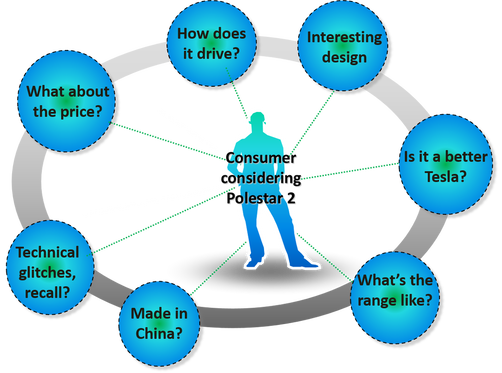
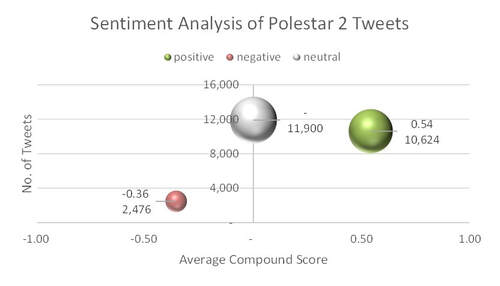
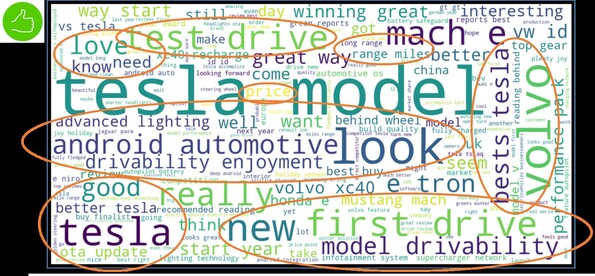
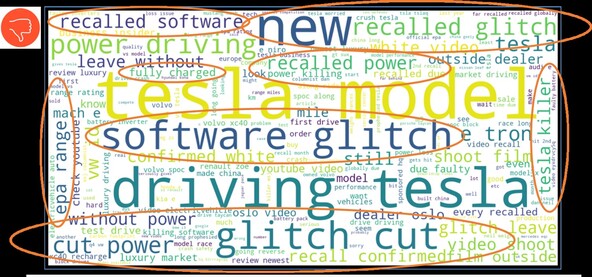
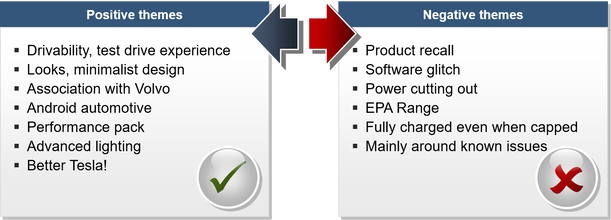
 RSS Feed
RSS Feed
